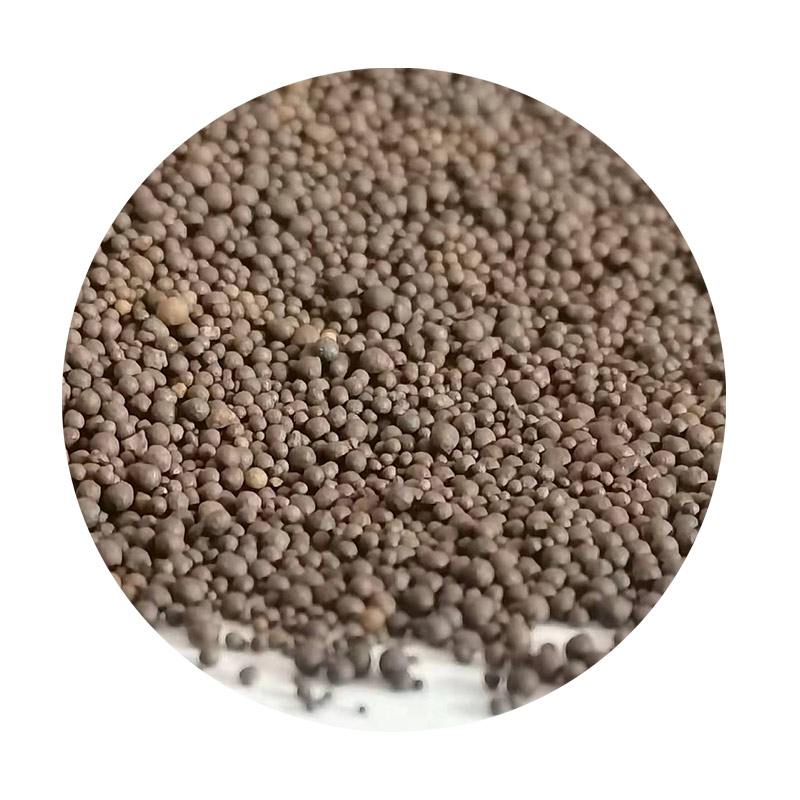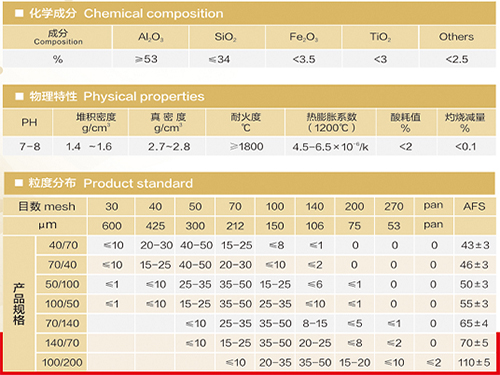

The advantages of using 3D printing patterns extend to both prototyping and large-scale production. For prototypes, the reduced cost and time for pattern production mean that companies can afford to experiment with different designs without the risk of high investments going to waste. When transitioning to large-scale production, the consistency and reliability of 3D printed patterns ensure that each cast part meets stringent quality standards, thereby minimizing the risk of defects and production delays. Authoritativeness in adopting these advanced methods also comes from a commitment to continuous improvement and innovation. Companies that lead in integrating 3D printing with traditional manufacturing practices often engage in ongoing research and development. They invest in cutting-edge 3D printing technologies and collaborate with materials scientists to explore new possibilities in pattern creation. This authoritative approach not only establishes them as leaders in the field but also builds trust among clients and stakeholders who see their commitment to delivering superior products. The element of trustworthiness in implementing 3D printing patterns in sand casting is achieved through demonstrated success and transparency. Manufacturers that openly share case studies and client testimonials highlight their capability and reliability. By showing tangible results, such as reduced production times, cost savings, and improved quality, they build a reputation for trustworthiness. This is crucial in industries where the reliability of components can affect safety and operational integrity. In conclusion, the integration of 3D printing patterns into sand casting represents a significant leap forward in manufacturing capabilities. By combining these technologies, manufacturers achieve higher efficiency, greater precision, and increased adaptability. Those who excel in this field demonstrate expertise through a deep understanding of materials and processes, maintain authority through innovation, and build trust by consistently delivering high-quality results. This modern approach not only streamlines production but also positions companies at the forefront of manufacturing excellence, ready to meet the evolving demands of various industries. Post time:កុម្ភៈ . 10, 2025 11:01
Next:sanding machine 3d print
